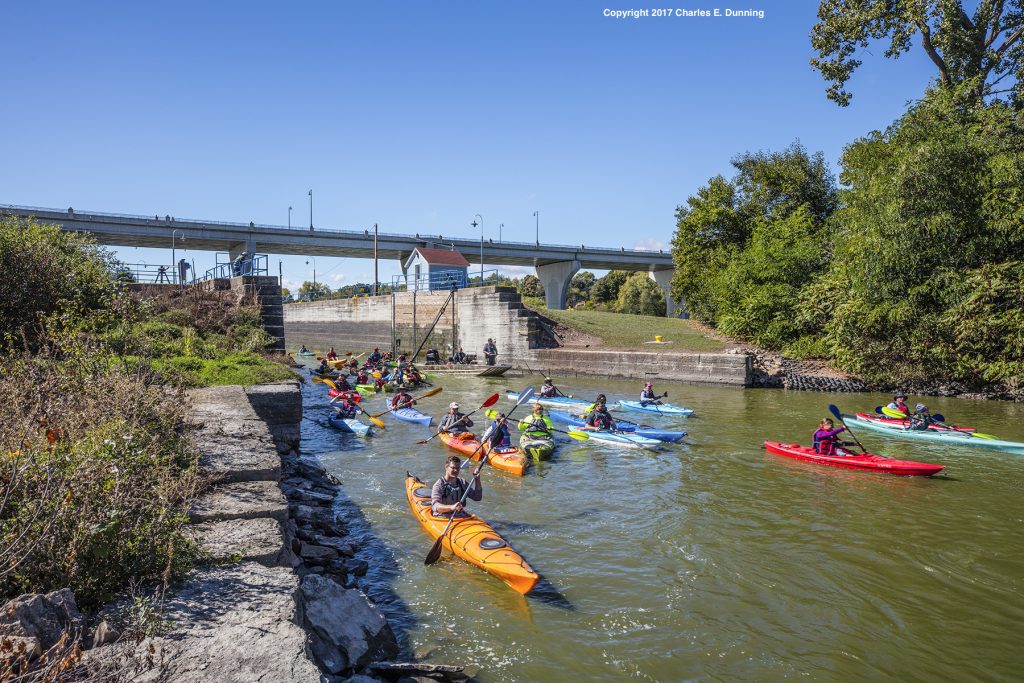Groups Support Biden Administration Efforts to Combat Toxic Lead, Protect Health of Communities
We the People of Detroit – Healing Our Waters-Great Lakes Coalition
Contact: Jordan Lubetkin, Healing Our Waters-Great Lakes Coalition, lubetkin@nwf.org, (734) 904-1589
Groups Support Biden Administration Efforts to Combat Toxic Lead, Protect Health of Communities
DETROIT, MICH. (December 20, 2021)—We the People of Detroit and the Healing Our Waters-Great Lakes Coalition are supporting the Biden Administration’s efforts to combat lead poisoning in communities. The administration released a plan late last week to accelerate the removal of toxic lead in water pipes that can harm families—especially children. It is estimated that more than 10 million people in in rural and urban communities in the United States are at risk for lead poisoning due to lead service lines.
“We applaud the efforts of the Biden Administration to confront this serious threat to our communities,” said Monica Lewis Patrick, president of We the People of Detroit. “The millions of people who are at risk for lead poisoning need help and relief to protect themselves and their families. We are glad to see President Biden and Vice President Harris taking the bull by the horns and taking action to help the people most impacted by this insidious pollution.”
The plight of residents in Flint, Mich., and more recently in Benton Harbor, Mich., who have not been able to safely drink their water due to lead poisoning, have shed a light on the national problem of lead-tainted pipes in millions of homes across the nation—many of them in older Midwestern cities like Detroit, Cleveland, Buffalo, Milwaukee and Chicago. Lead poisoning afflicts rural communities as well.
The Biden Administration has been a vocal supporter of increased efforts to address lead contamination, and federal funding to remove and replace lead pipes has been substantially increased through investments in the bipartisan infrastructure bill, the Infrastructure Investment and Jobs Act.
“Clean water is a basic need, but right now too many communities in the United States are dealing with health-threatening pollution,” said Laura Rubin, director of the Healing Our Waters-Great Lakes Coalition. “We need to do all we can to ensure that every person has access to safe, clean and affordable water and are glad that the Biden Administration and U.S. Congress are ratcheting up investments to protect our communities from lead poisoning. As lead-abatement programs move forward, we need to ensure that funds are being targeted to the biggest problems and the people most in need. These investments will protect community health, safeguard our drinking water, and put local people to work.”
The Biden Administration has stated it will work to target government investment to help communities most impacted by pollution. Data from the EPA says some communities—especially low-income, Black, Latino, and Indigenous communities—are more likely to be dealing with serious health threats from pollution.
We the People of Detroit and the Healing Our Waters-Great Lakes support efforts to ensure that the communities that have been harmed the most by pollution are prioritized when it comes to cleanup, and that the people who live in those communities have a voice in the solutions.
###
The post Groups Support Biden Administration Efforts to Combat Toxic Lead, Protect Health of Communities appeared first on Healing Our Waters Coalition.
Healing Our Waters Coalition
https://healthylakes.org/groups-support-biden-administration-efforts-to-combat-toxic-lead-protect-health-of-communities/














